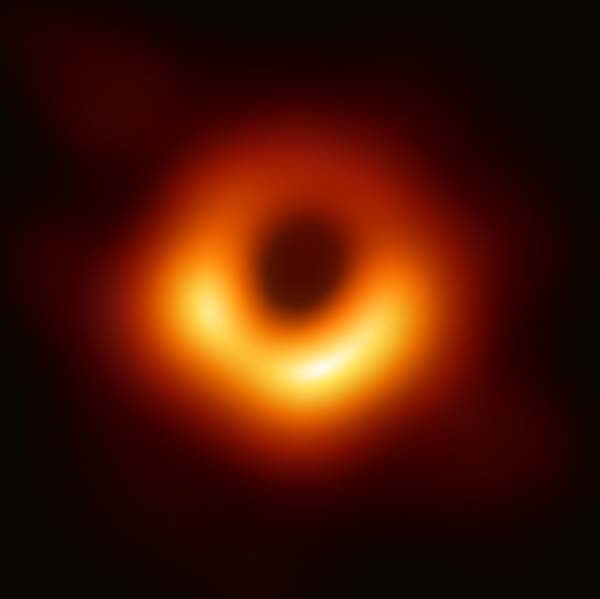Recently, people have been circulating a statistic from the CDC that says 94% of death certificates listing COVID-19 as a cause of death also list at least one other cause of death. For instance, if someone catches COVID, can’t breathe anymore and dies, perhaps the doctors would also list “Respiratory failure” as one of the causes of death, in addition to COVID. Come to think of it, why do only a third of COVID deaths include respiratory failure as a cause, how exactly is COVID killing people if not by causing respiratory failure? Before parading around this statistic, I have to ask, do we really understand what it’s even saying?
That misleading statistic came to my attention because a friend wrote a Vox article about it. He brings not a medical perspective, but a psychology perspective, discussing the cognitive biases that make people bad at understanding causation.
Causation is also a favorite topic of mine as well, although I come at it from a different set of perspectives: philosophy, physics, and law. And although I don’t have medical expertise, it’s not hard to find the medical standard of causation from google, so I include that at the end.


